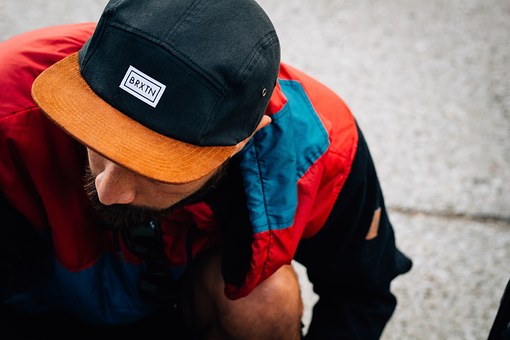Marketing Multilevel - A Guide To Growing Your Multi Level Marketing Business

Most people have heard of multilevel marketing
, but few know its long history, dating back to the 1800's. The history of this business model is interesting and worth learning.In the 1800's traveling salesmen were very common. There was no television, radio, or internet to advertise their products. Not everyone in the country read newspapers or magazines. It was up to companies to send salespeople out into the cities and towns and literally knock on doors to market and sell products.
The Heinz company, the famous maker of ketchup in the United States, owes its existence to Henry Heinz, a door to door peddler who hired 400 door to door salesmen to sell his ketchup and pickles to people who could not or did not grow their own vegetables. Coca-cola, too, began as a door-to-door business in 1886, selling its syrup to restaurants one at at time.
As more and more companies created large, trained direct sales forces, some decided to let their salespeople operate their own business. Avon got its start in 1890 as the California Perfume Company. By 1906 the CPC had 10,000 direct sales representatives selling over 117 different products directly to consumers. The salespeople set their own pricing and managed their own profit margins. They also were allowed to recruit other salespeople to work under them. Thus began the model that would later become modern multilevel marketing.
In 1905, Alfred C Fuller started the Fuller Brush company, hiring 270 dealers across the country to work his business plan, but work on commission only. By 1919 the company banked $1 million in sales. By 1960, the company was worth almost $110 million.
1931 saw the birth of Stanley Home Products, one of the most famous multilevel marketing companies of all time. As the Great Depression was ravaging the country, company founders Catherine O'Brien and Frank Stanley Beveridge wanted people to be able to own their own business with low start up costs. Stanley Home Proucts is credited with the "party model" of multilevel marketing sales. Their representatives began holding demonstrations of their products for large groups as a way to increase sales. The idea took off, and is still used by savvy multilevel marketers today.
Stanley Home Products trained some of the biggest names in American multilevel marketing. Mary Kay Ash, founder of Mary Kay Cosmetics; Brownie Wise of Tupperware; Jan and Frank Day, and Mary Crowley, founder of Home Interiors all got their start as Stanley Home Products dealers.
As the modern era trudged on, the multilevel marketing model continued to evolve, and continues to evolve to this day. However, this is how the industry got its start, and these are the people to whom many successful multilevel marketers owe their livelihood.
by: Neil Ashworth Custom Caps Are Using For Effective Business Promotion Common Spill Control Problems Facing Small Businesses Singapore Business Registration: How To Setup A Singapore Company Incorporate Your Business: Top 3 Reasons Why Businesses Fail Part 3 Business Cards are a Marketing Thrust Business Card Creation Essentials Business Success - How To Build A Raving Fan Base Getting to Negotiate with creditors for Settle Your Business Debts Business Opportunities - What You Need to Know Before Starting A Business Coach Helps You Increase Your Productivity And Your Firm's Profits Too Ideas Regarding Best Start Up Businesses Starting Your Own Technology Consulting Business